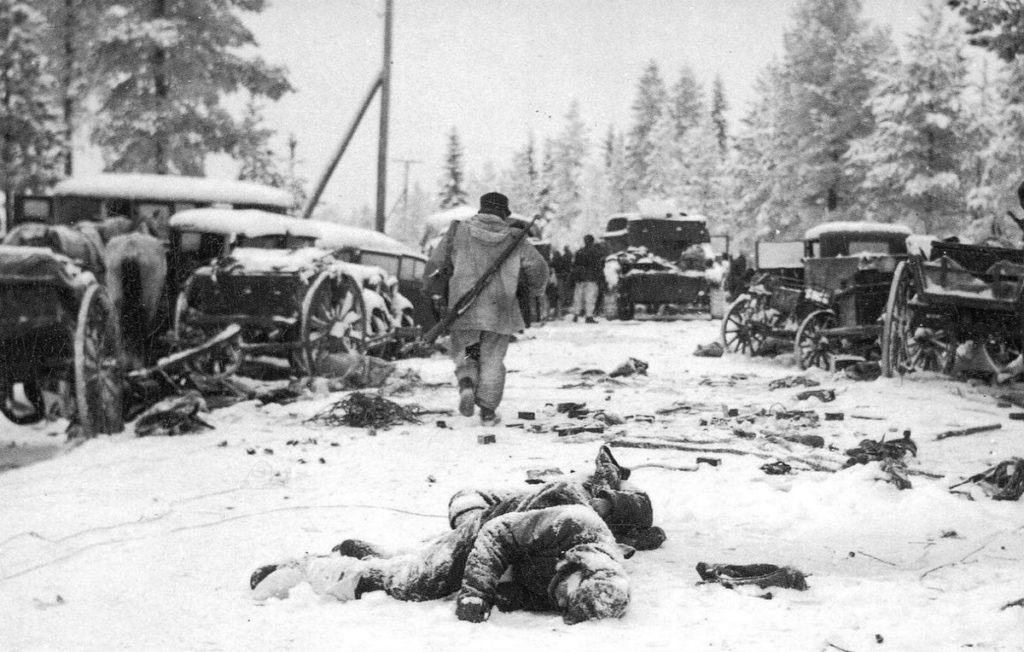“The Betrayal of India. Revisiting the 26/11 Evidence” was published in 2017 and since then has seen two more editions. The Book analyses the evidence that has been blamed on Pakistan in the Mumbai bombing case. Elias Davidsson is a Jewish writer with an Icelandic Passport living in Germany. He made a name for himself by publishing a series of articles on the legality of economic sanctions put on Iran by the US in the 1990s under international and human rights laws. After 9/11 he published a book ‘Hijacking American mind on 9/11’ where he showed the inconsistencies in the so-called evidence that blamed Arabs for hijacking flights and attacking the US.
In his latest book on the Mumbai attacks he tries to do the same: show the inconsistencies in the evidence available and in the political treatment of the case by the Indian government and the media. On almost 900 pages he presents his research results and conclusions. In the first part he tries to find out what actually happened and shows that there are big gaps in that. How many attackers took part in the operation? Where the terrorists properly identified? Did the killers really come by sea? What was the aim of the attacks and who claimed responsibility? These and many more questions are posed and answered by using the available documents and quoting extensively from them. Each of the 25 chapters quotes dozens of sources for the facts that are described in the text. He dedicates a chapter to each of the different places of attacks and what was officially claimed about it. Interestingly, he also dedicated a full chapter on the killing of a senior Indian police officer Hemant Karkare and his assistants. Karkare was the chief of Mumbai’s Anti-terrorism squad. He had drawn the ire of the powers on himself because of his meticulous and impartial way to investigate. When he was killed he was investigating the Malegaon bomb blasts of September 2008 and had traced them to radical Hindu groups in Maharashtra. That seems to not have gone down well and he was receiving threats from the Hindu nationalist right wing. According to Milli Gazette, CM Modi called Karkare a ‘desh drohi’ or traitor. Karkare, two other senior officers and several assistants were killed were killed sitting in the Qualis in an ambush. Later the ballistic experts failed to determine whose bullats killed them. The empties found around didn’t match with the terrorist rifles. (p.202) The bullet-proof west of Karakare vanished and was never found. The conclusion is that the Mumbai police deliberately suppressed crucial information about the circumstances of karkare’s killing and that right wing Hindu circles felt threatened by Karkare’s investigation. Davidsson concludes that the Mumbai attack was serving some vital Indian interests.
In a very detailed way Davidsson is showing that there are many white patches in the events and even more in the way the investigation was carried out. He comes to the conclusion that neither the police nor the IB, even not the judiciary or any other institution of India had displayed an interest in finding out what really had happened on that fateful day. Given the fact that the people who were blamed for the attacks were neither properly identified nor could a connection to the Kashmiri terrorist group LeT be established. The second part of the book Davidsson started looking for the interests of official and corporate India and of international players like the US, UK and Israel that could have been served by the attacks.
He has devoted a full chapter to Pakistan’s possible motives in organizing, instigating or only condoning the Mumbai attacks. Citing the government’s offers to cooperate and the clamp-down on LeT and JuD that followed the Mumbai attacks and the political backlash that Pakistan was experiencing internationally despite of no proof for Pakistan’s involvement and being blamed even before any investigation had been carried out, Davidsson comes to the conclusion that there was no plausible motive for any Pakistani entity, governmental or non-governmental to carry out the mass murder of 26/11 that killed among others many Muslims as well.
In the end Davidsson draws three conclusions. One, India’s major institutions are suppressing the truth on 26/11. Secondly, India’s judiciary has failed its duty to seek the truth and render justice. And thirdly, Indian business, political and military circles profited from 26/11. That is why his overall conclusion is that the whole attack had nothing to do with Pakistan but was a false flag operation and a concerted effort of Indian and may be some other international players. This part of his conclusions he calls ‘tentative’.
But false flag operations are a time-tested technique of intelligence services all over the world. It is the propagation of a vicious lie–the false attribution of a deed to the enemy–so as to justify war. The name is derived from the military concept of flying false colours; that is, flying the flag of a country other than one’s own. False flag operations are not limited to war and counter-insurgency operations, and have been used in peace-time. In the 20th century, starting the Second World War they have been used more often. After the end of the Cold War they have become a frequent tool to put blame on a perceived enemy and justify all kinds of countering actions.

There are many examples. Hitler’s false flag attack on the Radio station Gleiwitz was used as a pretext to start WW II is quite a prominent example so was the Soviet Union’s shelling of the Russian village of Mainila in 1939 while blaming the attack on Finland used then as a basis for launching the “Winter War” against Finland. Nazi general Franz Halder also testified at the Nuremberg trials that Nazi leader Hermann Goering admitted to setting fire to the German Parliament building in 1933, and then falsely blaming the communists for the arson.
But it is high time for Pakistan’s defence institutions to learn the lessons, especially the strategic false-flag operations of India against us. They not only cause short-term damage but create a long-term damage to our defence and foreign, economic and financial policy. While there have been many tactical ones, three major strategic false flag operations have taken place. First, the Ganga incident in 1971 which dangerously impeded our defence of East Pakistan, then the Mumbai attacks of 2008 that opened the way for Indian army’s upgrade of arms, damaged our image internationally and is one of the reasons why FATF is dealing so intensely with Pakistan. The third is the 2009 attack on the Sri Lankan Cricket team that until today has caused the refusal of international sports teams to visit Pakistan, thus causing loss of major entertainment outlet for our masses.
The book created a storm in India but did not cause many ripples in Pakistan or even internationally. The reason for that might be that until today false flag operations are well covered up and the creditability of anybody who tries to undermine the ‘officially’ promoted version is effectively undermined. Until today anybody who doubts or questions 9/11 is belittled as a freak. But as a matter of fact many a time the world is not what it seems to be.
Contributed by:

Dr. Bettina Robotka





